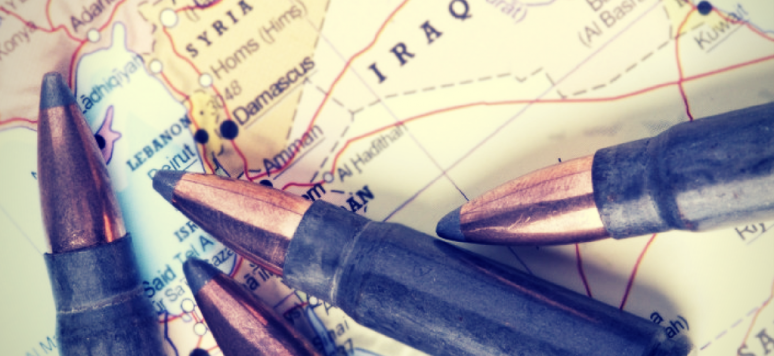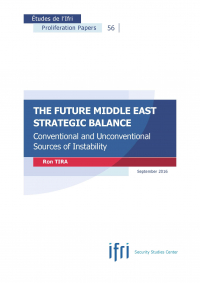
The Future Middle East Strategic Balance. Conventional and Unconventional Sources of Instability Proliferation Papers, No. 56, September 2016
This paper seeks to analyze the future Middle Eastern military balance of power, in a time horizon of five to ten years.

It attempts to map future key players, and to identify future fault lines and subjects of regional competition. It then analyzes what drives military effectiveness, and examines the military paradigms of the key players, highlighting the growing gap between these paradigms and the regional context in which they would have to be applied, resulting in the inability of key regional players to overthrow their peers using hard power and the challenges they face to shape most of the conflicts conducted on distant, third-party soil. Finally, in terms of non-conventional capabilities, the Iranian nuclear endeavor is likely to drive Sunni powers to the nuclear threshold either after or even before the nuclear agreement’s 10 to 15-year horizon, while rudimentary chemical, biological and radiological weapons might become the non-states’ weapon of choice for mass impact.


